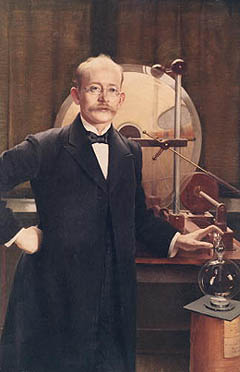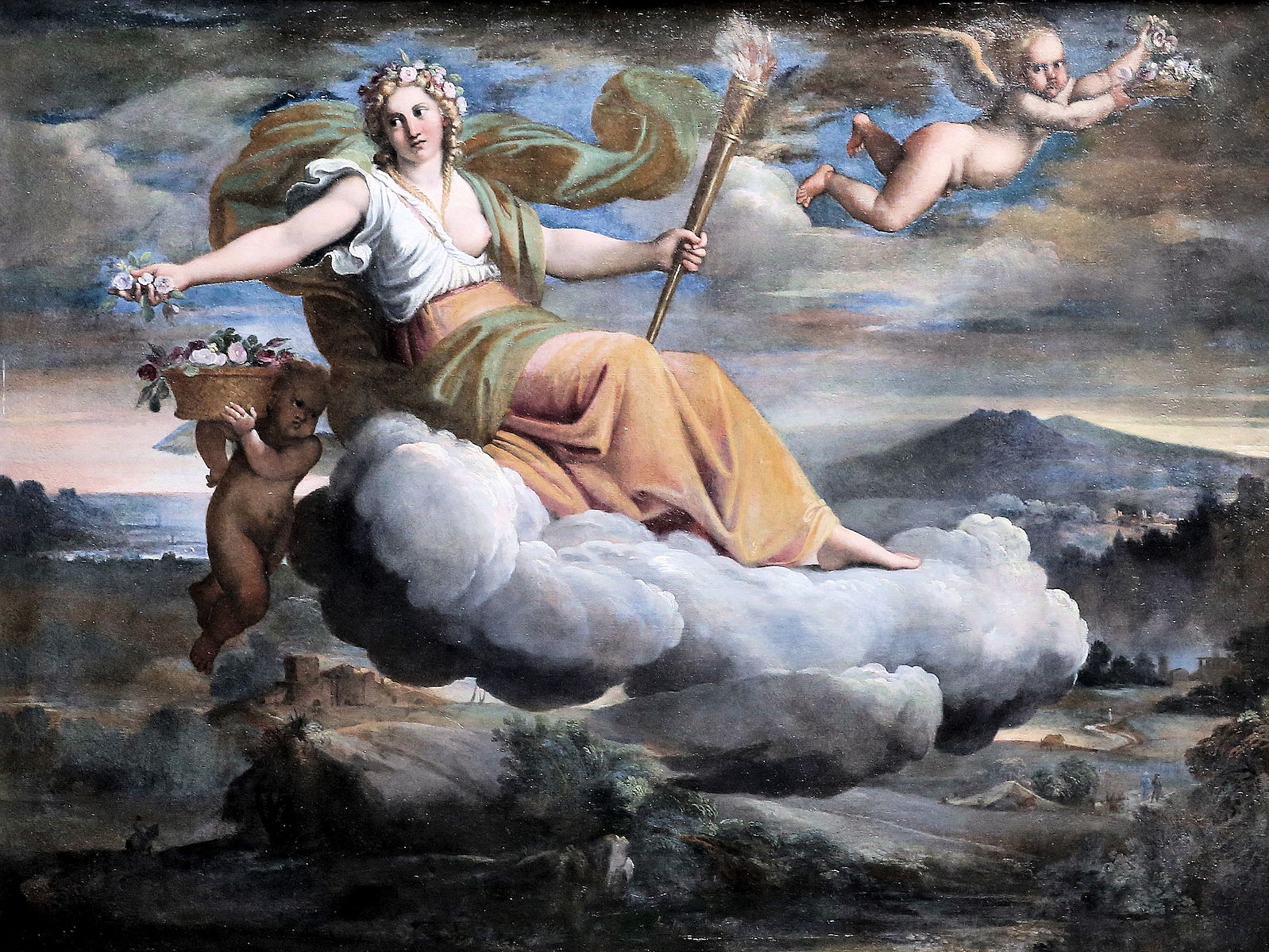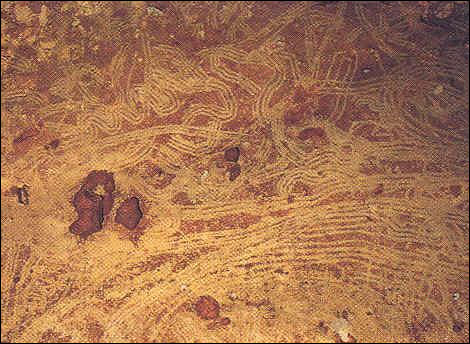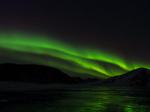10 awesome aurora facts
07 October 2016
Auroras are one of nature’s most spectacular visual phenomena. It’s now understood that auroras are created by the interaction of charged particles raining down into the earth’s atmosphere from space, but once upon a time they were an unexplained mystery.
Through modern science and technology we learn more about the aurora every day. Here’s ten interesting facts you might not know.
1. Auroras constantly change shape
The patterns and shapes of auroras are determined by the changing flow of charged particles and the varying magnetic fields.
The ‘beams’ dance across the sky, sometimes very rapidly . Auroras are the optical signatures of electrical currents flowing up and down the magnetic field lines which are almost vertical at high latitudes; hence the near vertical rays of light.
Auroras look like moving curtains of light because the particles of plasma are moving in response to the earth's magnetic field.
2. A Norwegian scientist was the first to explain the aurora phenomenon
For thousands of years people have marvelled at the spectacular displays that occasionally light up the night sky. Once thought to be portents of doom, there have been hundreds of stories and theories to explain what we now know as auroras. But no one until about a century ago suspected a connection with the sun.
Norwegian scientist Kristian Birkeland (1867–1917) was the first to explain the source of the aurora and by his discovery a new field of science was created—the sun–earth connection.

Image: Norwegian scientist Kristian Birkeland.
3. The term ‘aurora borealis’ was coined in 1619
The term for the Northern Lights, 'aurora borealis', was derived from Roman goddess of dawn, Aurora, and the Greek name for the north wind, Boreas. There is some debate however, as to who was the first to name them—French astronomer Pierre Gassendi (1592–1655) or Italian astronomer Galileo Galilei (1564–1642).

Image: “Aurora” by Annibale Carracci (16th century).
4. Captain James Cook named the ‘aurora australis’
Captain James Cook named the same phenomenon in the southern hemisphere ‘aurora australis’, following his voyage of discovery to the Antarctic in Resolution (1772–75). ‘Australis’ is derived from the Latin word meaning southern.
5. The oldest known record of an aurora dates back to 2600 BC
Archaeologists believe that some impressionistic cave drawings depict auroras in the sky. The earliest known auroral citing was written in 2600 B.C. in China: "Fu-Pao, the mother of the Yellow Empire Shuan-Yuan, saw strong lightning moving around the star Su, which belongs to the constellation of Bei-Dou, and the light illuminated the whole area." Auroras are also significant in Australian Indigenous oral traditions. Aboriginal people associate auroras with fire, death, blood, and omens, sharing many similarities with Native American communities.

Image: Cro-Magnon cave-paintings. "Macaronis" may be earliest depiction of aurora (30,000 BC). Credit: NASA.
6. There are hundreds of documented reports of ‘auroral sound’
Auroras are renowned for their spectacular light shows, but less well known are unexplained reports of sounds being heard during auroral displays—with many reports indicating a hissing sound followed by a sharper crackling or clapping.
7. The most common aurora colours are red and green
The colours of the polar lights depend on whether electrons collide with oxygen or nitrogen, and how energetically. Oxygen emits greenish-yellow or red light, while nitrogen generally gives off blue light; the blending of these produces purple, pink, and white. Our night vision is most sensitive to green light so we are more likely to see the oxygen green line emissions. Nitrogen auroras are sometimes blue, or a mixture of blue and red (purple). Some nitrogen aurora emissions are in the ultraviolet part of the spectrum, which we can't see.

Image: aurora australis, Davis station, Antarctica, 6 June 2016. Credit: Aaron Stanley.
8. For night owls only!
Auroras are more likely to occur close to the equinoxes, in late March and late September, but displays can occur at any time of year. Winter months are naturally good aurora-watching times, simply because the nights are longer. The brightest displays typically last for about 1–3 hours, and the best viewing times are generally between 10 pm and 2 am. However, there's no magic hour that you're guaranteed to see auroras—keen aurora chasers usually keep an eye on our real-time geomagnetic indices (which show the level of geomagnetic activty) and stay up all night if need be!
9. In Australia, auroras have been seen as far north as southern Queensland
The brightest auroras are concentrated in a ring—the ‘auroral oval ’—centred on the earth’s magnetic pole. This ring of light is usually located above the Antarctic and sub-Antarctic, but enlarges and expands towards the equator during a geomagnetic storm. This is why auroras are best viewed from our south coasts, and are usually low to the horizon.
However, at times when the earth is most affected by activity on the sun, they can be seen at lower latitudes. In Australia, auroras have been seen on rare occasions from as far north as southern Queensland.
10. Earth isn’t the only planet with auroras
Auroras also occur on other planets in our solar system—including Jupiter, Saturn, Uranus, Neptune and Mars. Similar to earth's aurora, the lights have been seen close to other planets’ magnetic poles.

Image: NASA's Hubble Space Telescope captures Jupiter’s aurora. Credits: NASA, ESA, and J. Nichols (University of Leicester).
The Bureau monitors solar activity and provides updates on the possibility of observing auroras in its daily space weather forecasts. You can also subscribe to our free aurora alert service.


Comment. Tell us what you think of this article.
Share. Tell others.